Article
Memories of Ice and Far Away Places
Author(s):
Patagonia's ice field is second only to the ice mass in Antarctica, and it has 365 glaciers to visit.
Photography by the authors
There can be mystery for sure as you head towards the bottom of South America and into the desolation of Patagonia. One mystery might be simply wondering exactly where you are.

Since the southern reaches of both Argentina and Chile lie in Patagonia, travelers never know which country they’re in. Territorial claims are not linear. Tourists are aware when they’ve reached a deserted border, but they may not quite know which country they are stepping into.
Better hope it’s into Argentina if they want to return home with the memory of an exceptional glacier.
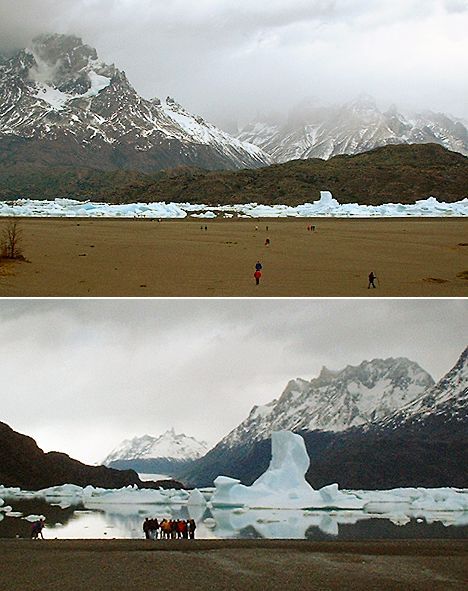
Most visitors to the austere, windswept land in the lower part of South America called Patagonia come back remembering the wind, the cold, the fog and how flat the scenery is without sun. They’ve stood on land devoid of trees and seen enough ice for a lifetime.
Desolation
Patagonia is not the ice of sunny Switzerland, but the bleak ice in “heaven’s deadwater” that perhaps made Gabriela Mistral write her morose poems as much as the suicide of her lover. She did call her 1922 book of Patagonia poetry .
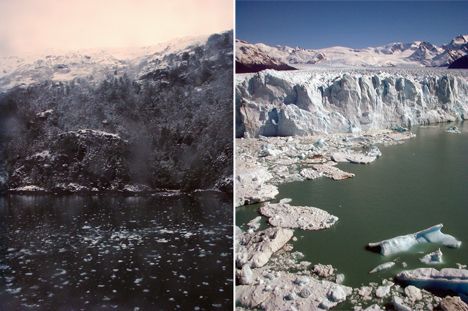
Even in summer in Patagonia you can’t be promised you’ll see much of the sun. And what a difference sunshine makes to memories when you do.
One memory to consider taking home might be the Perito Moreno Glacier in the National Park Los Glaciares in Argentina. Designated in 1981 by UNESCO as a World Heritage Site, the park is reached via a remote Alpine-like village of about 4,000 souls called El Carafate.
A bust of a local hero Francisco Moreno stands in front of the National Park offices in that little town. Morena was a famous explorer and scientist who defended Argentina successfully in many border disputes with Chile. He also started the Boy Scout movement in Argentina, and his name was given to the glacier.
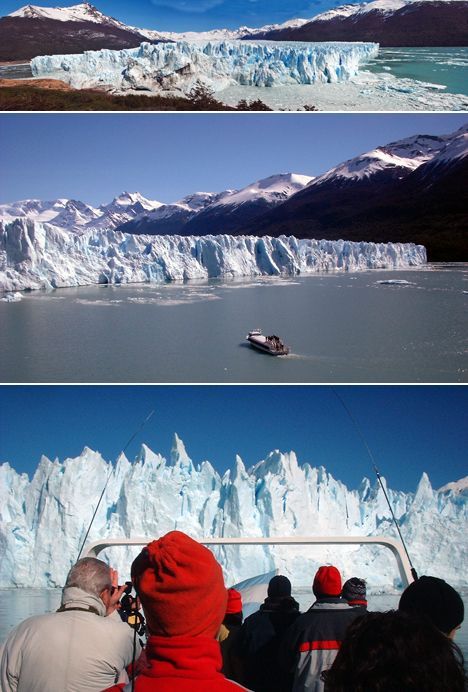
It takes a certain amount of determination for visitors to find their way to El Carafate. Once there, getting to the glacier is fairly easy. Tour operators run expeditions to the Perito Moreno Glacier frequently; it’s one of the so-listed 365 glaciers in the Patagonian Ice Field. This frozen land has one-third of all the fresh water supply on Earth and is the second largest mass of ice after Antarctica.
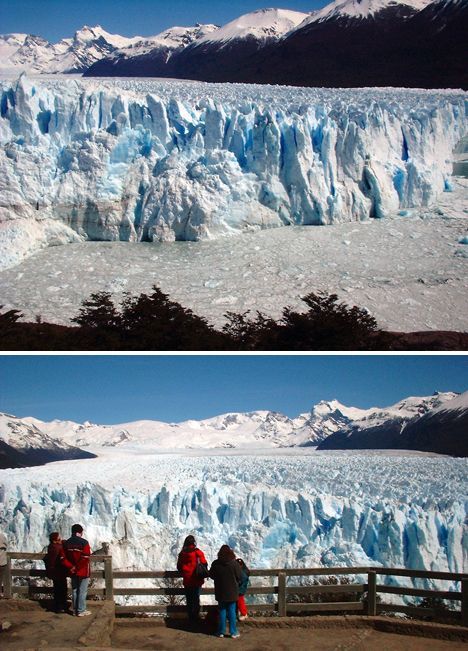
The Perito Moreno Glacier is not the biggest in the world: Greenland and the Antarctic Ice Cap have that stage to themselves. It's not even the biggest in the vast Southern Patagonia Ice field that spreads for 13,000 square kilometers.
Upsala Glacier is larger, covering 595 square km to Perito Moreno's 257, but Perito Moreno is more accessible and more beautiful. Size is relative; Perito Moreno is still huge. Its ice extends under water to a depth of about 600 feet.
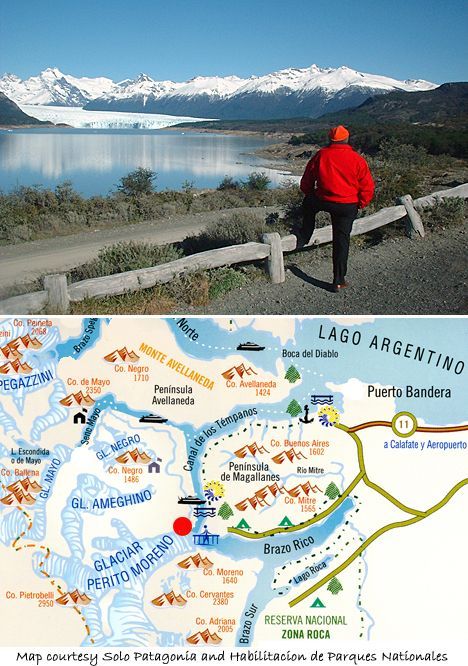
The glacier’s snout five city blocks wide and 20 stories high, and it is one of the three in today's world to be advancing — about six feet a day in the center. An easy way to explain how it is moving is to imagine the capital letter Y tilted 45 degrees to the right. The glacier is coming up the stem of the Y from below. The left hand arm of the Y is fed water from the largest lake in Argentina, Lago Argentino, which is at a higher elevation to the river coming in down the right hand arm. And complicating the description is the fact that at the top of the stem, in the center of the Y is a land mass that projects down into the stem of the Y.
Solo Patagonia
We have placed a red dot on the snout of the glacier on the map. Perhaps now what happens so notably at this glacier is more easily understood.
As Perito Moreno edges forward over the years it approaches this land mass, the Peninsula de Magallanes and gradually blocks off the currents from the lakes to the north (top left side of map) that are at a higher elevation than the lakes and rivers to the south.
ultima ruptura
Nature rebels. Historically about every four years the happens and with a roar and crack famously heard in El Carafate 50 miles away. The face of the glacier tears apart and God and physics equalize the water levels between the two huge water masses — and, once more, the Brazo Rico and the Canal de los Témpanos are connected.

You will probably catch the glacier “calving” during your visit. The falling away of an ice block the size of a Greyhound bus always seems to happen in slow motion with time to lift your camera — but by the time you hear the “snap” and turn round all you might catch is the rainbow brought up from the depths.
Still, if you’d been there on the right day in 2008, 2006, 2004 and 1988, you might have heard a louder noise and had a more magnificent memory.
The Man Who Cried Orange: Stories from a Doctor's Life.
The Andersons, who live in San Diego, are the resident travel & cruise columnists for Physician's Money Digest. Nancy is a former nursing educator, Eric a retired MD. The one-time president of the NH Academy of Family Practice, Eric is the only physician in the Society of American Travel Writers. He has also written five books, the last called




